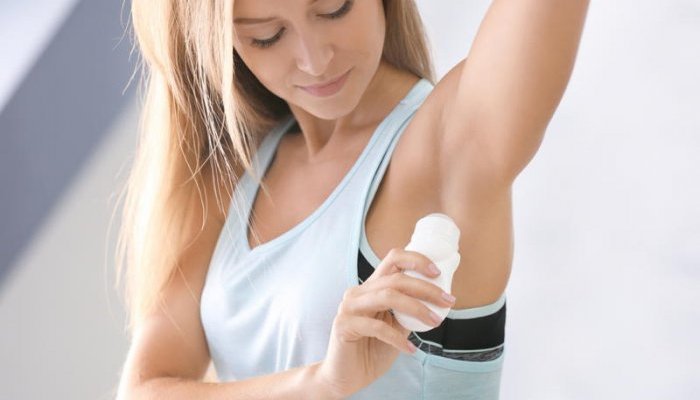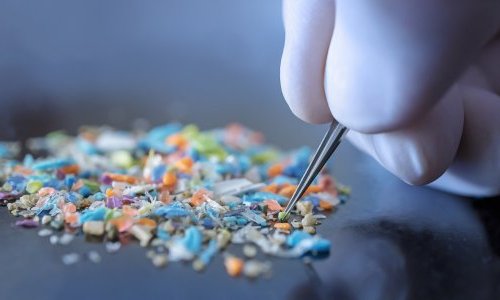The CSSC’s final opinion reiterates the terms of its preliminary opinion submitted for comments at the end of last year. The Committee - which gathers seventeen independent experts in chemistry and toxicology - considers that the use of aluminium compounds is safe at the following equivalent aluminium concentrations up to:
![]() 6.25% in non-spray deodorants or non-spray antiperspirants,
6.25% in non-spray deodorants or non-spray antiperspirants,
![]() 10.60% in spray deodorants or spray antiperspirants,
10.60% in spray deodorants or spray antiperspirants,
![]() 2.65% in toothpaste and,
2.65% in toothpaste and,
![]() 0.77% in lipstick.
0.77% in lipstick.
Aluminium is a known systemic toxicant at high doses. Therefore, the safety of its use in cosmetics, especially in antiperspirants, has been the subject of numerous controversies and alarming media reports. Indeed, some studies have suggested that cosmetics may be a more important source of exposure than food. In 2011, based on an in vitro study evaluating the cutaneous absorption of aluminium, the French Health Products Safety Agency (Afssaps) recommended a re-evaluation of the risks linked to the use of this substance in cosmetics. In 2013, the risk assessment issued by the Norwegian Scientific Committee for Food Safety concluded that the contribution of cosmetic products to the total systemic aluminium exposure was significantly larger than the contribution of diet. Those questions led to a previous SCCS opinion on aluminium in 2014. At that date, the Scientific Committee considered that there was a lack of adequate data, in particular regarding the dermal penetration of aluminium.
No dermal absorption, even through freshly shaved skin
The new opinion supplements and updates the previous opinion of 2014 taking into account the latest scientific data, in particular those obtained from three studies, two of them dating from 2020. According to the committee, recent studies show that aluminium is hardly absorbed by the skin, including freshly shaved skin, and is not stored in the skin.
Therefore, the systemic exposure to aluminium via daily applications of cosmetic products “does not add significantly” to the systemic body burden of aluminium from other sources. According to the SCCS, exposure to aluminium may also occur from sources other than cosmetic products, in particular from the diet.
"The latest results show, among other things, that aluminium contained in antiperspirant products is neither absorbed nor stored by the skin. In addition, all the latest assessments and bibliographies carried out up to 2017 by other scientific committees have been reviewed and confirm that aluminium contained in cosmetic products does not has any role in breast cancer,” comments FEBEA, the French Federation of Beauty Businesses, in a statement.
The safety margin calculated by the SCCS - taking into account the different routes of exposure (oral, dermal, respiratory) linked to cosmetic products, is always greater than 2,000. This means that the amount of aluminium consumers are exposed to is, at least, 2,000 times lower than the dose identified as having no toxicological effects. This assessment has not taken into account the daily dietary intake of aluminium.
According to Anne Dux, FEBEA’s Scientific and Regulatory Affairs Director: “This report puts an end to more than ten years of controversies that have generated anxiety among consumers using antiperspirant products. The European opinion, which has just been issued after an extremely rigorous procedure, gives users of such products the full assurance they are both safe and effective.”




























